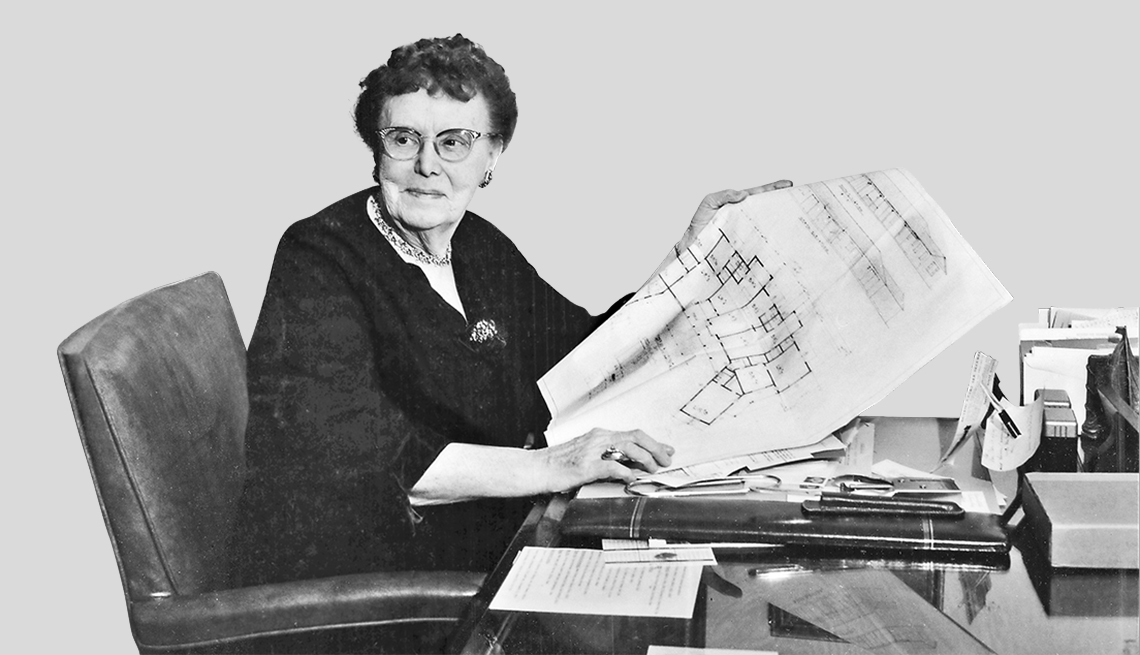AARP Hearing Center
As we reflect on the remarkable story of AARP founder Dr. Ethel Percy Andrus, we realize that she was many things to many people: a teacher, a patriot, a mentor, a leader, a visionary, a trendsetter, a disruptor, an advocate, an innovator and a voice for older adults struggling to get by. More than anything, she was a catalyst. Our founder believed deeply in the power of individuals to improve their own lives and to lead social change, making life better for others.
AARP has evolved considerably since Dr. Andrus died in 1967. It has gone from being a start-up she ran out of her home to one of the most influential and largest nonprofit, nonpartisan organizations in the world. From 1 million members in 1960, AARP has grown to 38 million members, with some 60,000 volunteers; a staff of more than 2,300; and offices in all 50 states, the District of Columbia, Puerto Rico and the U.S. Virgin Islands. And that little magazine she wrote and published from her kitchen table? It’s now the most widely read magazine in the United States. Through it all, we have never wavered from the social mission and core values that Dr. Andrus established for the organization in 1958.
I never had the opportunity to meet Dr. Andrus (I was born the year she founded AARP), but I am inspired by her every day and consider it an honor to follow in her footsteps. She inspires me to disrupt aging by challenging outdated beliefs and stereotypes; to embrace a culture of innovation; to fight for social justice and end age discrimination, especially in the workplace; and to continue to advocate for and find solutions around the issues she fought for then and we fight for now — health care, financial resilience and personal fulfillment, or health, wealth and self.
Because of the issues that Dr. Andrus championed, and that we continue to fight for today, many societies that once looked at the growing aging population and saw only dependent retirees are now beginning to see experienced, accomplished workers. Where they once saw only expensive costs, they’re now beginning to see an exploding consumer market that is bolstering our economies. And where they once saw only a growing pool of dependents, they are now beginning to see intergenerational communities with new and different strengths.
And just as aging is much different today than it was in Dr. Andrus’ time, it will be much different in the years to come. We’re approaching a time when people 65 and over worldwide will outnumber children under 5 for the first time in history. Living to 100 is a real possibility, especially for younger generations, as our lives are eventually transformed by autonomous vehicles, the internet of things, virtual reality, augmented reality and artificial intelligence.





































































